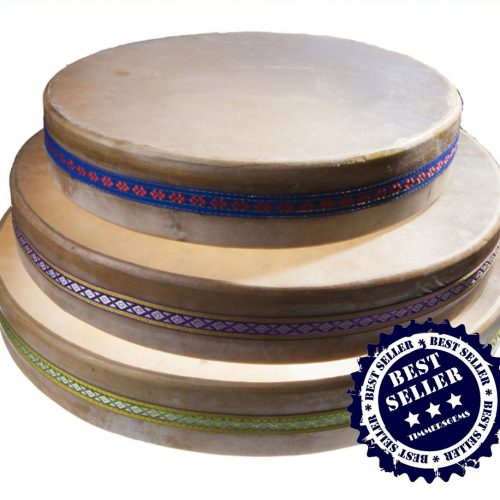Description
Additional information
Why are quartz crystals singing bowls?
Create a magical and powerful effect of sound and vibration that resonates through man and his environment. Playing the Chakra Tuned Singing Quartz Crystal singing bowls Causes angelic tones and wrinkling vibrations that have a profound healing effect Quartz Crystal music includes the vibrations of white light, the ultimate component of the rainbow that reflects directly into our chakras when the sound bowl is played. It can bring about a positive change in our consciousness. The scales contain the same electromagnetic field that occurs in every life form. Clear quartz strengthens the balance of our electromagnetic energy. The pure tones of the quartz crystal singing bowls can regroup the energy field and strengthen the general feeling of feeling good. These scales are used by: Sound therapists, Massage therapists, Doctors, Chiroprator practitioners, Reike practitioners, Musicians, Singers, Voice coaches, Meditation trainers, Energy teachers etc. All of them choose these quality singing bowls because they have the best sound and resonance and contribute to good practice, satisfied customers and a good reputation. A short story about our singing bowls singing bowls (also known as ‘Himalayan bowls’ or ‘rin’ or suzu gongs in Japan) are a kind of bell, Specifically specified as a standing bell and not suspended or attached to a stem, standing bells touching their bottom to the ground. The walls and rim of the sound bowl vibrate and thus make sound. Singing bowls originate from Asia and were used as part of Bon and Tantric Buddhism. Today they are found worldwide in many spiritual traditions such as Meditation, Relaxation, Health, Personal Wellness and Religious Exercise. Sound bowls originally come from Nepal, India, Japan and Korea. The best species comes from the Himalayan region and are often called Tibetan singing bowls. Origin history and use: In Buddhism, singing bowls are used to support meditation, trance and prayer. Chinese Buddhists, for example, use the singing bowl together with a wooden fish during the recitation of the prayer and hit the bowl during a certain part of their singing the so-called Sutra or Mantra. In Japan and Vietnam the bowls are often used during singing but also to interrupt and change an activity. The use of singing bowls in Tibet is the subject of many stories, some people say that they are and were used for meditation, others say that they are magical objects to transform (themselves or an object) Traditionally singing bowls are made of Panchaloha (This means 5 metals in Sanskrit) A mixture of Bronze, Copper, Tin, Zinc and other metals often with the addition of gold and/or silver and Nickel (7 metals) Antique singing bowls produce polyphonic, poliharmonic overtones that are unique to each dish. The tones described above indicate a high quality alloy of bronze. The making of singing bowls has often been described as a lost tradition and craftsmanship. Craftsmen still make a modest production in the hidden, poorly accessible parts of Nepal.






Reviews
There are no reviews yet.